The Australian housing market has been booming for decades without showing any signs of slowing down. But with the median cost of buying a home in cities like Sydney and Melbourne surging to well over a million dollars, those looking to get into the housing market are faced with an uphill battle.
The rise of tiny houses is one way people are sidestepping this struggle. With these miniature dwellings stripped back to around 37sqm – compared to approximately 240sqm for the average Australian home – this minimalist way of life is a viable alternative with the right approach.
While on the one hand this is an opportunity for new homeowners to enter the market, it’s also perfect for talented tradies who want to specialise in a budding niche.
From carpenters and plumbers to electricians, you don’t have to spend all your time working on building big houses. Considering tiny houses need to be carefully crafted to squeeze in everything the owner needs, putting your skills to the test in this newfound arena could open up your career possibilities.
Considering 43% of tiny home enthusiasts say they lack the building ability to get their ideas off the ground, attracting these people with your talents has the power to supercharge your business. Here, we explore the definition of a tiny home and consider which tradies benefit most from this emerging housing trend.
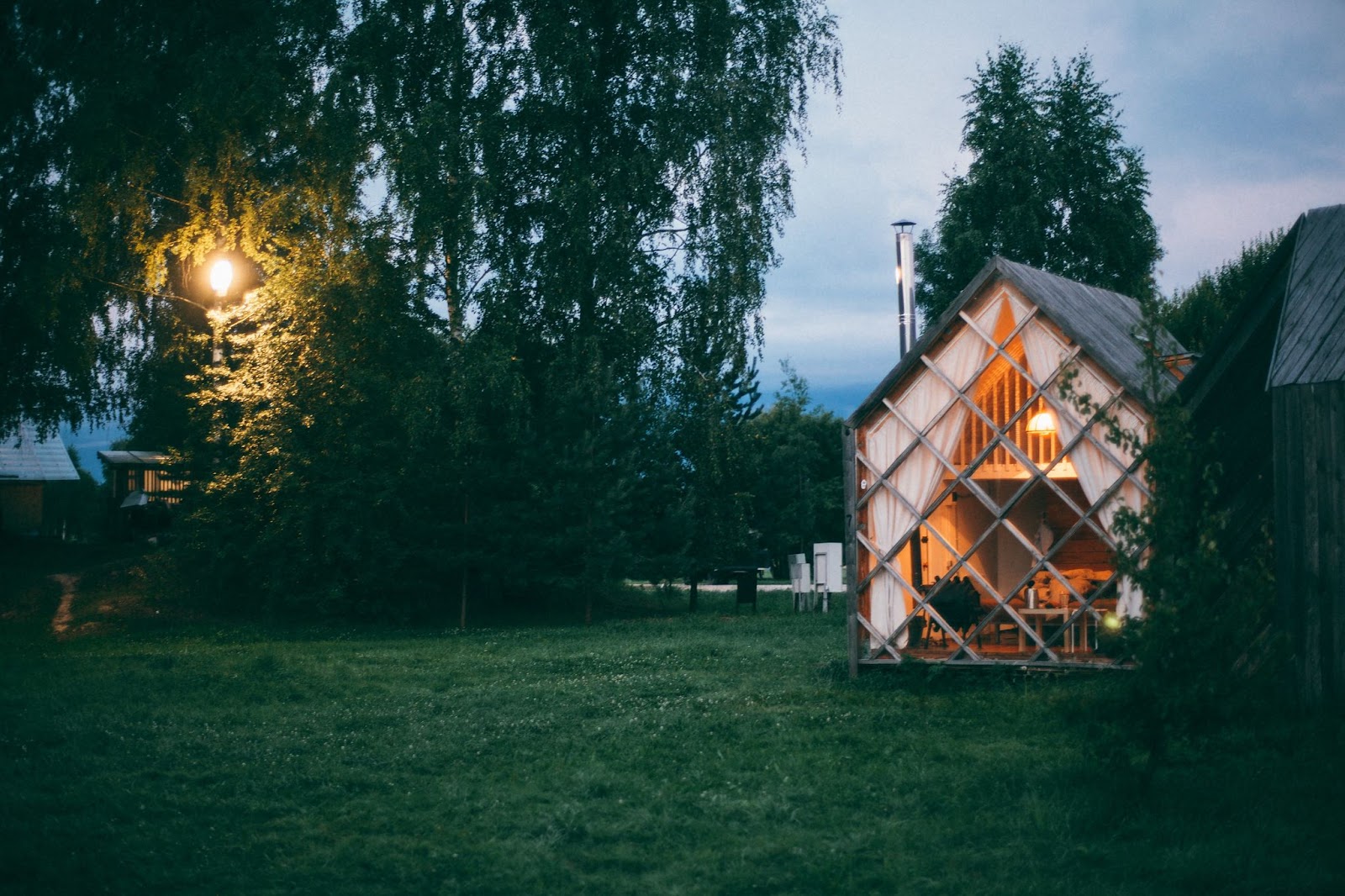
What are Tiny Homes?
According to the Australian Tiny House Association, “tiny houses are moveable dwellings up to 50m2 that are suitable for residential use.” In addition, tiny homes are broadly categorised into two groups – Tiny Houses on Wheels (THOW) and Tiny Houses on Skids (THOS).
While a tiny house might seem like a dramatic shift away from your standard Australian home, people who seek out this small-scale lifestyle simply don’t view bigger as better.
But just because a tiny home is minimalist in nature doesn’t mean they sacrifice creature comforts. In fact, the best examples feature all the same luxuries you’d find in a house ten times the size. Due to building and housing regulations, it’s most common for a tiny house to be constructed as mobile structures on top of trailers. However, there are also many with fixed foundations just like traditional homes, only much smaller.
While many tiny homes come in standard wood-frame designs, this modern way of living also pushes architectural creativity to the limits. For instance, you might find a tiny house constructed from repurposed shipping containers or even school buses. Meanwhile, it’s common for new tiny houses to feature air conditioning, solar panels, rainwater tanks and external storage solutions.
With tiny homes costing upwards of $150,000 to buy, tradies with an entrepreneurial mindset can take advantage of this expanding market to establish themselves as industry specialists.

Why is the Tiny House Market Lucrative for Tradies?
No one is denying a standard home takes plenty of skill to quickly build, but it takes a load of creativity to construct a tiny home with everything it needs to feel warm and accommodating. Considering that you’re working with so much less space than usual, finding an elegant way to include your everyday amenities can take a lot of work.
Tiny home builders are effectively specialists in solving problems with these complex projects, which ensures they can charge a premium for the highest quality services. Building a functional kitchen requires clever carpentry that not everyone has the skills to pull off, plus having a custom-built plumbing system is not something that can be ignored.
With this in mind, tradies with a knack for operating in a tiny space have a chance to establish themselves as leaders in the tiny house construction industry. Many of these eye-catching projects also capture attention on social media and in design magazines.
If you’ve completed a project that captivates an audience, tiny house enthusiasts will seek out your handy work without you even needing to invest in marketing.
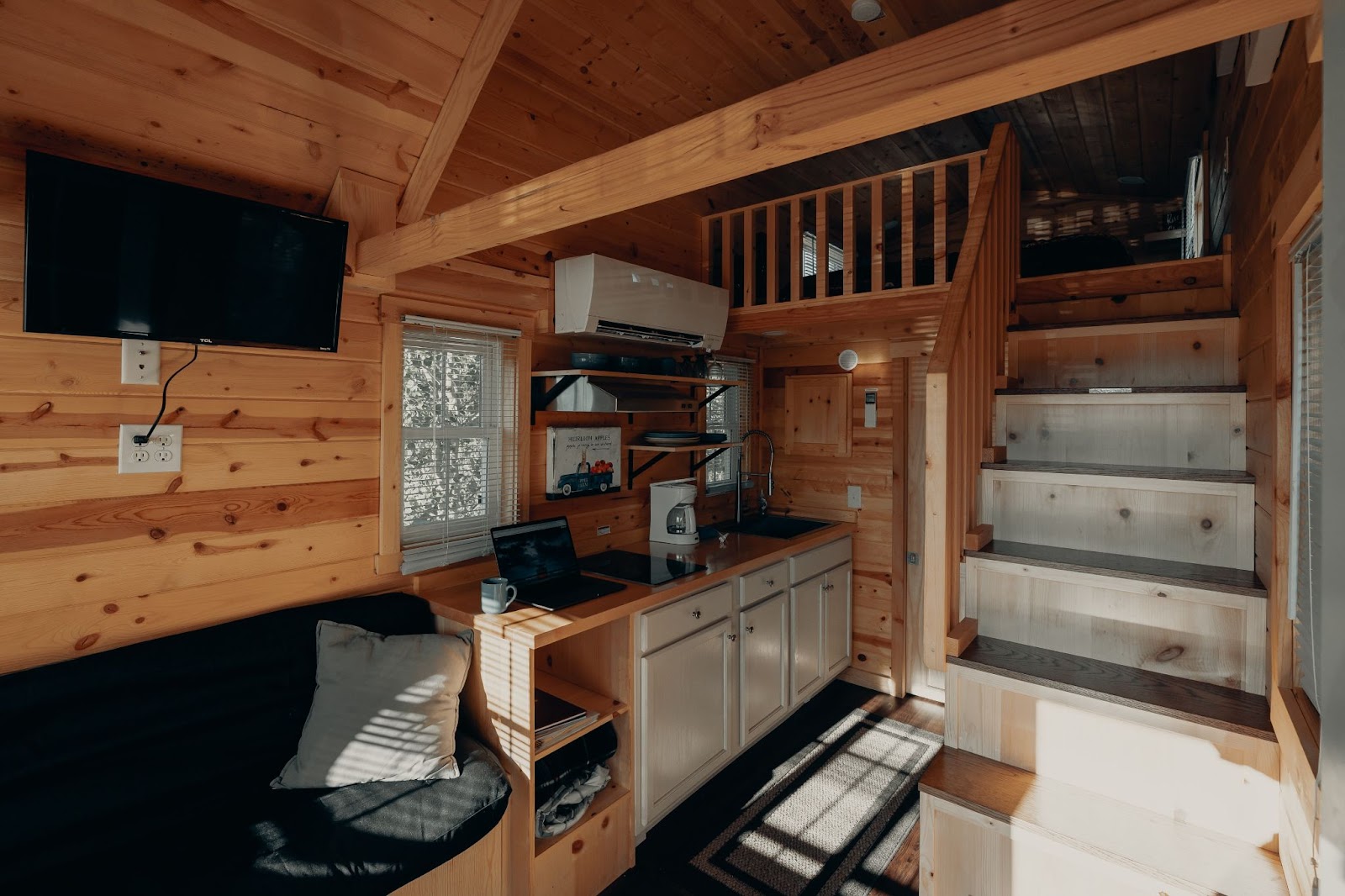
Which Trades Will Benefit Most?
If you want to specialise in tiny house maintenance and construction, there are endless opportunities for tradesmen. As this market continues to grow, making your name as an expert might just be the best decision for your career. Here are just some of the trades that might benefit in a big way.
Builders and Carpenters
Every tiny house needs four walls and a roof. This is why traditional builders are primed for success in the tiny home space if they have the right skills and mindset. Meanwhile, tiny houses need clever carpentry solutions to ensure the home is functional enough to ensure total comfort. Therefore carpenters with an adaptable approach to kitchen drawers, bathroom cupboards and crafty storage solutions will regularly be in hot demand.
Plumbing
Plumbing systems in tiny homes can get complicated rather quickly. However, this means talented plumbers have plenty of opportunities to showcase their skills. For example, tiny homes often use tank storage to capture and use rainwater for everyday needs. Plus, many clients want their tiny homes to feature greywater systems to minimise wastage.
Electrical
As many tiny homes are located in off-grid areas and designed to have minimal impact on the earth, clients often want energy-saving components incorporated into their structure. This means solar power is frequently used with tiny homes, as it may be the only viable energy source available. Sparkies who understand the ins and outs of solar power are definitely needed regularly for building tiny homes.
Heating, Ventilation and Air Conditioning (HVAC)
The small-scale nature of tiny homes ensures they rarely require a comprehensive HVAC system. However, as these mobile homes often shift between hot and cold climates, many choose to install mini-split systems or through-the-wall units to keep everyone comfortable year-round. As these must be professionally installed, HVAC system experts can rapidly grow their reputation in the sector.
Appliance Repair
Most modern tiny homes will have a full range of household appliances, including stovetops, ovens, refrigerators and more. With the installation of appliances often requiring some form of improvisation, repairing them can be a major pain for owners. However, if you’re capable of fixing appliances in challenging circumstances, finding a profitable customer base won’t take long.
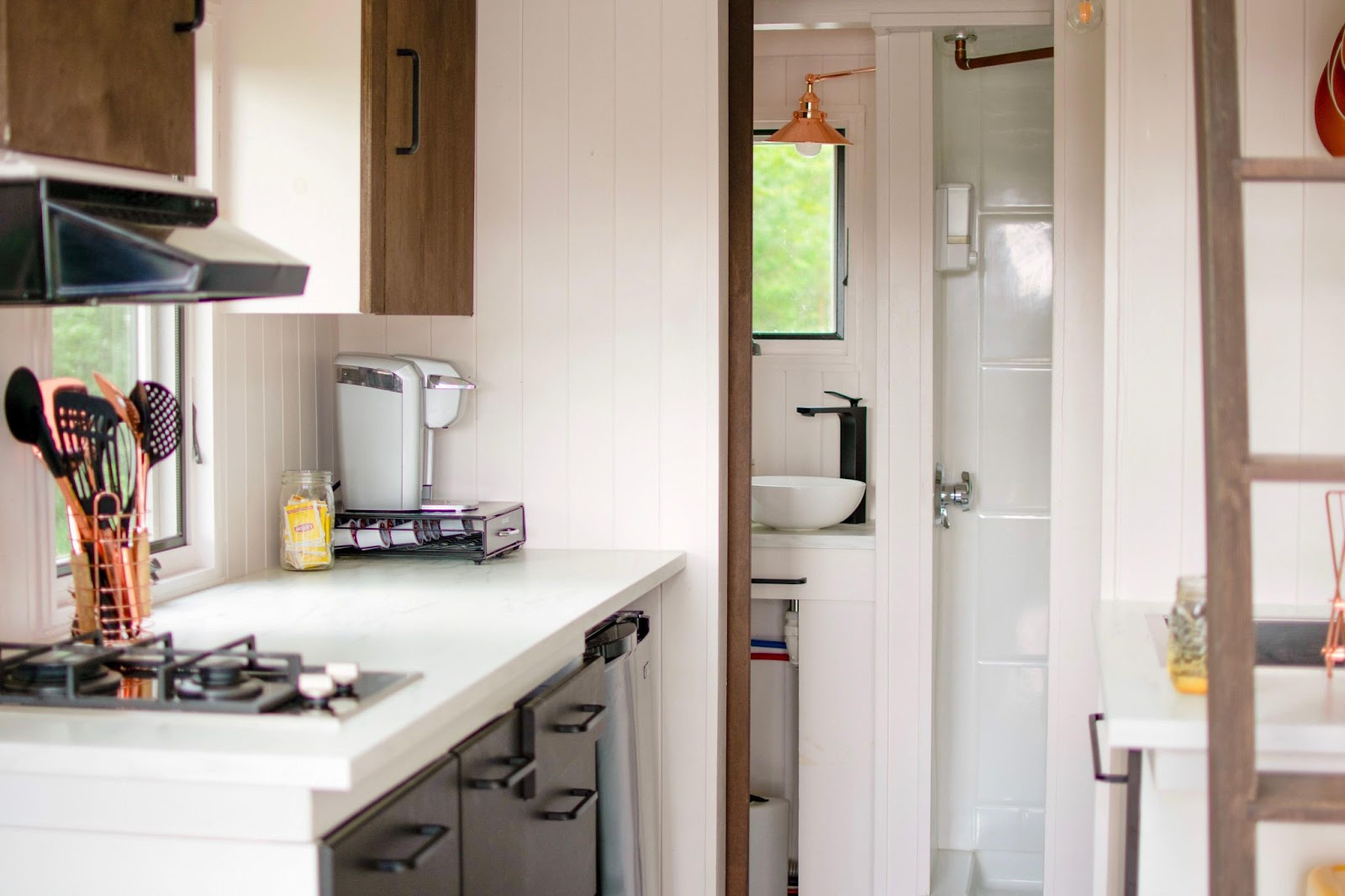
Everything Stunning Tiny Houses Need
Countless people dream of living in a fantastic tiny house. But the homeowner isn’t likely going to have the time of their life if they don’t have the best features money can buy. With so many Australians considering this new way of living, now is the ideal time to learn what it takes to repair and maintain everyday tiny house appliances and more.
Composting Toilet
Most people won’t enjoy living in a tiny home that doesn’t have proper plumbing. Meanwhile, most clients are keen to keep their tiny house maintenance as sustainable as possible. This makes the addition of a composting toilet the perfect solution.
With this kind of toilet designed to operate without water, the homeowner will end up saving hundreds on their bills each year. Plus, the lack of water lines often means local councils are more accepting of a tiny home design.
Backup Heat Source
When designing a tiny home for a new client, it’s important to consider a backup heat source. After all, there’s nothing worse than getting caught in inclement weather with nothing to keep warm. Fortunately, there’s no shortage of options that rival the performance of a traditional home.
While an electrical heater is perhaps the most straightforward solution, these can take up valuable floor space and can cost a lot of money to run. This is why many modern tiny house property builders often turn to wood-burning products or mini-split heat pumps.
Kitchen Stove
The kitchen is often the focal point of a contemporary tiny home. However, to create a space that’s functioning properly, a huge amount of effort has to go into delivering a great product. Although the final design will be completed in collaboration with the homeowner, understanding what makes the ideal stove can make all the difference.
While some compromises will have to be made, a two-burner induction stove is a great option for most people. Meanwhile, if you’re planning to add a built-in oven rather than benchtop appliances, the windows must provide crucial ventilation.
Convertible Couch
A tiny home might be small, but it doesn’t have to be uncomfortable. Naturally, the living area of the trailer or property has to be cosy enough to chill out while also maximising the space to move around inside. One of the best solutions for the job is a quality convertible couch.
Depending on the design that your client wishes to build, you might decide that the best use of space is to construct a series of modular bench couches that can be re-organised into a bed come night time. Alternatively, you might opt for a loft bed design with a couch and storage draws smartly positioned below.
Outdoor Setting
It doesn’t matter whether a tiny home is built on a trailer or on a piece of lush land, part of what makes this living arrangement so special is the chance to be close to nature. This means the build team must come up with a clever solution that makes the most of the rising sun without being a burden for home maintenance.
If the design is a tiny home on skids, a stunning patio design is bound to impress the homeowners. For example, they might walk outside the front door to find a charming hammock or miniature garden that’s easy to maintain while providing the tiny home with a quality centrepiece.
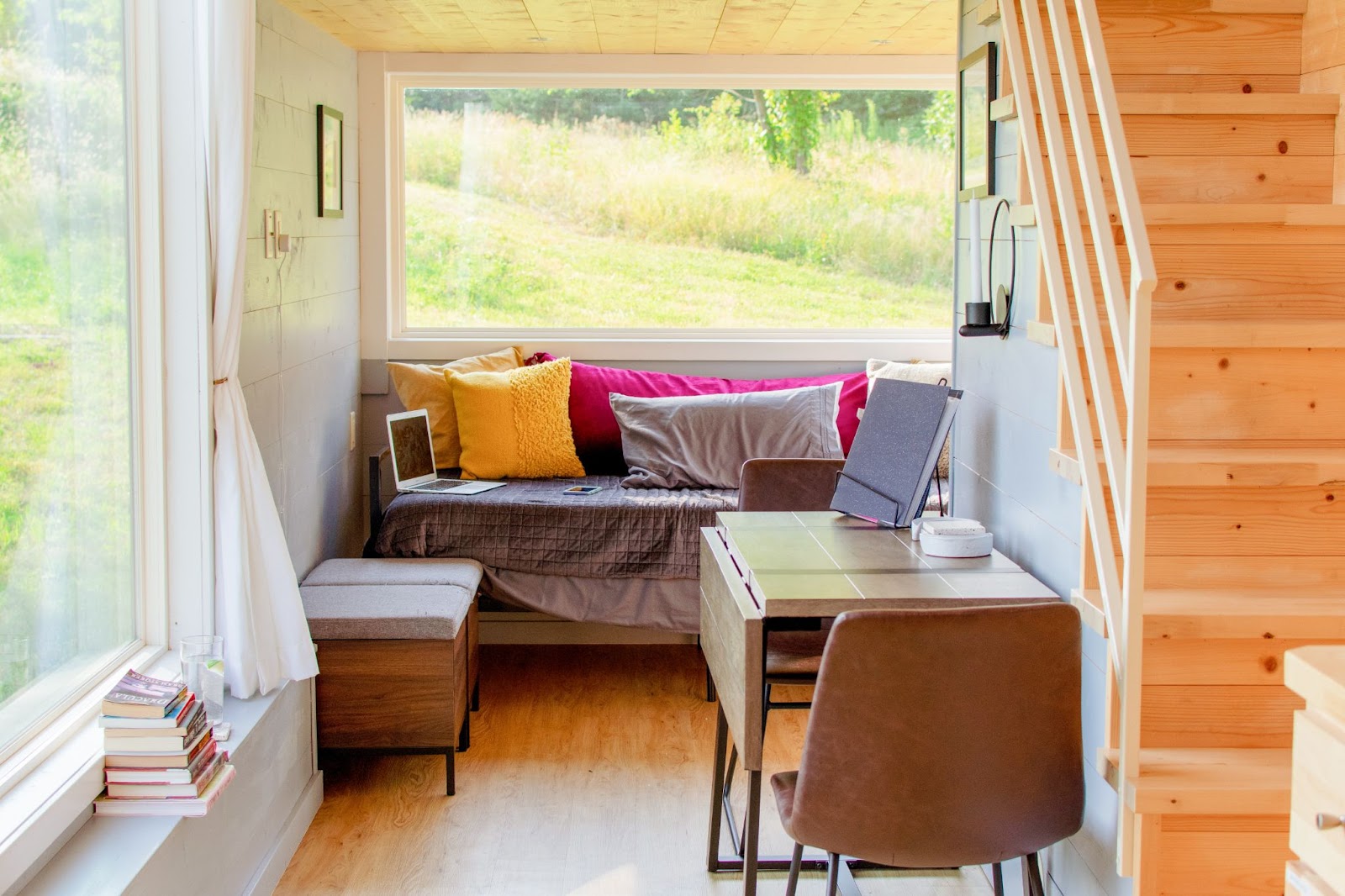
Client Tips for Tiny House Maintenance
Living in a tiny house can be a hugely rewarding experience for families, couples and individuals alike. But just like a traditional home, regular maintenance is a crucial factor to avoid money going out the door on costly repairs.
If you want your tiny house construction company to have the best reputation in the business, passing on some handy maintenance tips to your clients will gift them the right tools to make their dream a reality.
Inspect the Appliances
If your client is planning to spend a lot of time in their tiny house, maintaining their appliances regularly will save them a world of hassle. Naturally, the homeowner will want to keep their stovetop, oven and fridge free of grime to avoid any nasty smells.
But it’s also crucial they consider how regular maintenance keeps their appliances operating efficiently. By checking for faulty wiring, blocked fans and packed filters, they can keep their repair costs to a minimum.
Keep Tabs on Humidity Levels
The smaller nature of a tiny house means they are particularly susceptible to increased humidity levels. Unfortunately, over a long enough time span, this can result in numerous problems, including harmful mould and mildew alongside damaged walls and furnishings.
So, what home maintenance can the owner do? The easiest thing is to pay close attention to how their bathroom ventilates. By keeping the windows ajar during showers, the steam won’t end up causing moisture problems. Meanwhile, a portable dehumidifier is another convenient solution.
Set Aside A Maintenance Budget
From maintenance inside their tiny house to setting the tire pressure properly, it’s a great idea to inform your client that they should set aside a maintenance budget. Unless they have the right tools and skills to handle a myriad of repairs themselves, there’s a high chance they’ll need to reach out in the future to solve standard wear and tear concerns.
By budgeting money annually for regular maintenance, the owner won’t have a problem getting a roof repair or enacting some design alterations to their loft. Since you’re the builder that’s delivered the product in the first place, encouraging them to get in touch should they require any repairs down the line simply means your business profits.
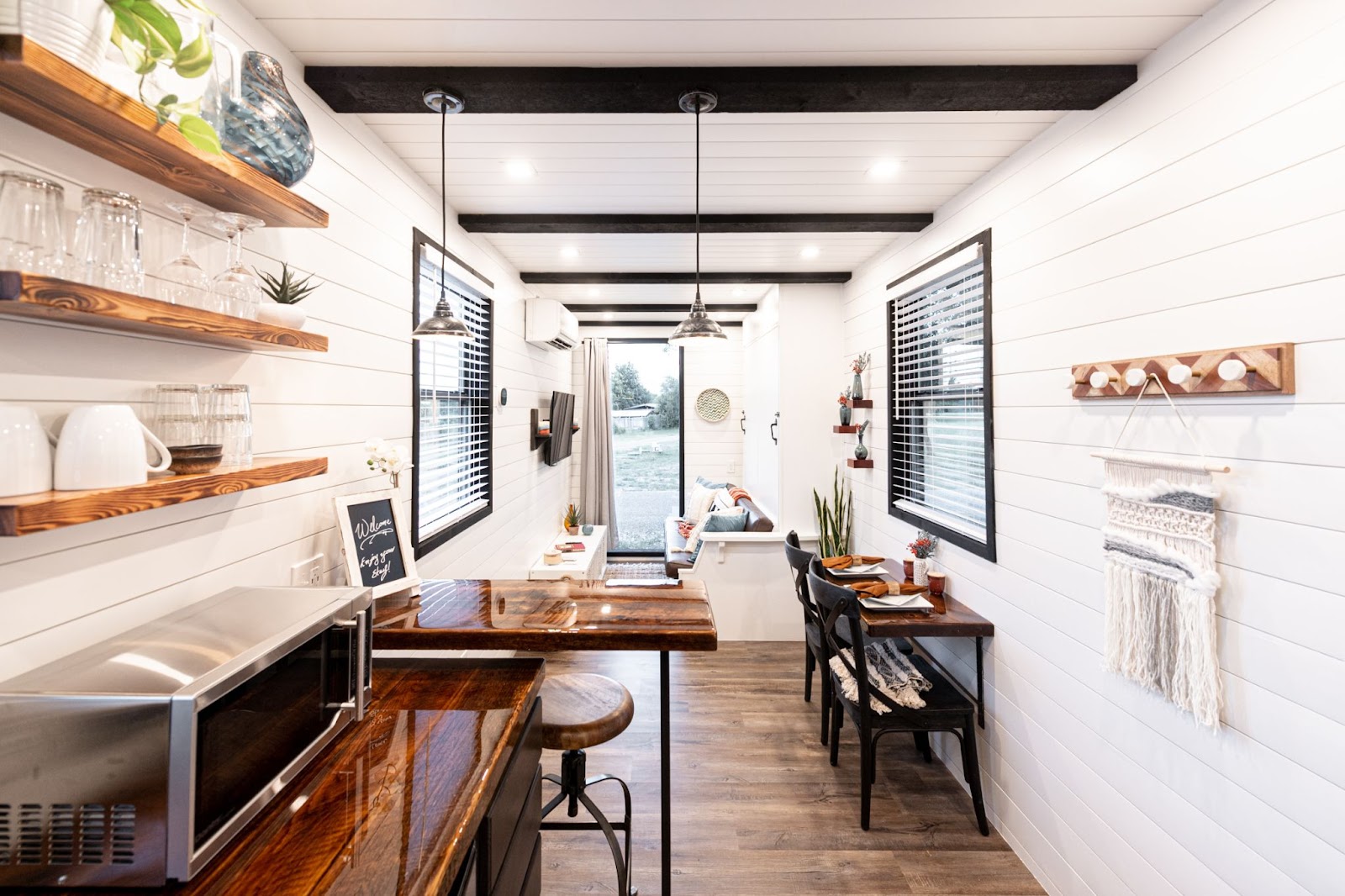
Navigating the Legalities of Tiny Homes in Australia
Finding a way to carve out a career as a tiny home living specialist is an exciting prospect, but the legality behind building and living in a tiny home in Australia is probably far more complicated than you might think.
Fortunately, the Australian Tiny House Association has outlined a handy construction guide that explains the minimum requirements for the design and construction of these structures.
In fact, you can help potential tiny home owners by becoming an expert on these regulations. As the legalities of where tiny homes can be built and parked differ by state and even local councils, helping your clients understand their responsibilities can set your business apart.
Most councils divide tiny homes into two classes – Tiny Houses on Wheels (THOW) and Tiny Houses on Skids (THOS). As the former are built to meet the definition of caravans, there are limitations on how long someone can live in a THOW as their primary residence.
THOS are considered similar to granny flats, meaning they may require council approval and building permits before construction can start.

Launch Your Tiny Home Services Today
As the tiny home movement attracts new followers every year, now is the perfect time to start providing your services to those looking to live in a tiny space. As tradies with the right skillset are bound to attract attention, finding a way to keep your jobs organised is essential to your success.
This is where FieldPulse’s powerful business management app stands out. Using your smartphone from the office or on the road, you can take charge of every job instead of fighting piles of paperwork.
From keeping track of client information and scheduling jobs to processing invoices, our user-friendly platform makes it easy to run your building operation from anywhere. Ready to give it a shot? Schedule a free demo today to find out what makes FieldPulse different.
